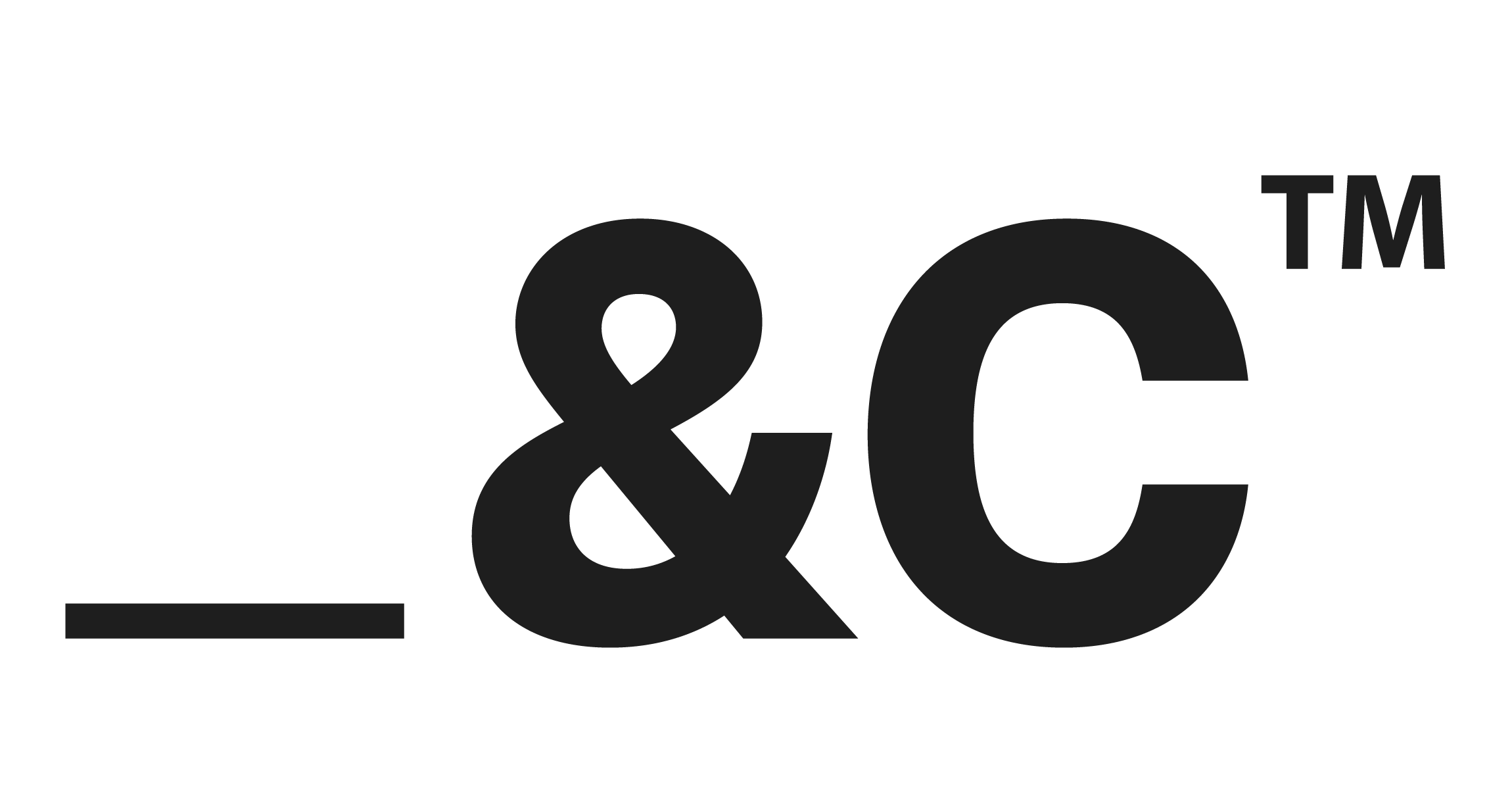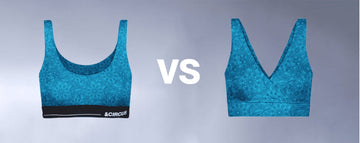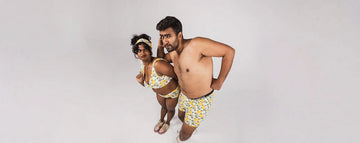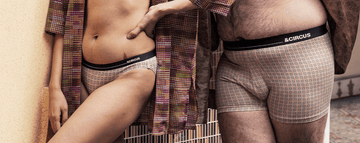Quick Listen:
In the sweltering heat of a summer day, picture yourself sinking into the sand, waves lapping nearby, without once adjusting a wedgie or feeling fabric pinch your skin. That's the allure drawing more women to bikini bottoms crafted with comfort as the top priority. Gone are the days when style trumped all; now, fit rules the beach. This movement reflects broader changes in how we view our bodies and clothing, blending practicality with a touch of rebellion against old norms.
The Rise of Comfort-First Bikini Bottoms
Women have long navigated the tricky waters of swimwear, where revealing designs often came with a side of discomfort. But lately, the tide turns toward bikini bottoms that promise all-day ease without skimping on appeal. As explored in Why Women Are Choosing Bikini Bottoms With Comfort-First Cuts, this trend taps into a deeper desire for pieces that support real bodies, not just ideals. Finding the right swimwear for your shape can seem like a tall order, but as a stylist with over 20 years of experience notes, simple guidelines help determine which swimsuit styles work best. Every body is beach ready, and knowing you have great swimwear, either a one or two-piece, boosts confidence this summer, whatever your plans.
The swimwear trends 2025 are far-reaching, whittled down to eight key looks, with plenty of styles available, both trending and staple designs ensuring a swimwear piece ideal for your silhouette. When selecting the right swimwear for your body type, start by thinking about areas needing the most support uplift in the bust or shapewear-style tummy control guides shopping choices more than trends. Sizing and fit matter too; don't size up or down, as a too-big swimsuit risks wardrobe malfunctions and offers little support, while a too-tight one feels uncomfortable.
This focus aligns with brands emphasizing eco-friendly innerwear, positioning themselves to lead. Companies specializing in sustainable materials for women's innerwear see bikini bottoms as a natural extension, where comfort meets environmental responsibility. The global swimwear market was valued at USD 21.22 billion in 2024, projected to be worth USD 22.04 billion in 2025 and reach USD 30.59 billion by 2032, exhibiting a CAGR of 4.79% during the forecast period. Asia Pacific dominated with a market share of 32.04% in 2024. Swimwear serves activities like swimming, sunbathing, or water sports, designed to be lightweight, comfortable, and minimize drag for efficient movement, often chosen for sunbathing at beaches, pools, or resorts.
Women's swimwear market is estimated at USD 9,584.5 Mn in 2025, expected to reach USD 11,676.0 Mn in 2032, with a CAGR of 2.86% from 2025 to 2032. Based on product type, the bikinis segment dominates over the forecast period due to style and comfort features. The regular/leisure swimwear segment holds 61.82% market share in 2025, while the mass category leads, and Europe is the second-largest contributor with 29.22% market share in 2025.
Emerging Trends or Recent Developments
The fashion landscape shifts as consumers demand more from their clothing. Women prioritize comfort and sustainability, reshaping swimwear, especially bikini bottoms, for all-day wear without compromise. Bikini bottoms covering about half the buttocks may be described as "Brazilian-cut," a style once controversial for its revealing design, facing opposition and slow public acceptance. The bikini faced criticism from some feminists as a garment suiting men's tastes over women's, but by the late 20th century, it became sportswear in beach volleyball and bodybuilding. Variations include monokini, microkini, tankini, trikini, pubikini, skirtini, thong, and g-string, gaining wide acceptance in Western society.
Sustainability drives this evolution, with eco-friendly materials like organic cotton and recycled fabrics key to comfortable designs. Technological advances, such as four-way stretch and seamless construction, enhance the comfort-first approach. If you're looking for a swimsuit great for any setting from a sexy beach vacation to swimming laps to snorkeling options abound. With size ranges like XSXXXL plus long torso options, and cheeky, medium, and full coverage bottoms, versatility shines. Colors include black, cherry red, navy, and more; the snap front adjusts cleavage based on preference or sun exposure. Other suits offer sizes 2LT24LT in deep sea, olive, sea urchin, and more.
Market data underscores this growth. Tables show global one-piece swimsuits segment value (US$ Mn) by region from 2017 to 2021 and 2022 to 2032, with market shares. Similarly for tank suits segment value and shares by region. These segments highlight the broader swimwear evolution, where comfort integrates into every category.
Real-World Examples, Applications, or Case Studies
Brands incorporate sustainable materials into bikini bottom designs, earning praise for comfort and fit. Customer feedback often highlights how these outperform traditional options in durability and satisfaction. Women share stories of preferring these for their supportive feel during long beach days or active pursuits.
One standout is the push for inclusive sizing that caters to diverse bodies, ensuring comfort isn't exclusive. For instance, suits with fairly inclusive size ranges, long torso options, and varied coverage for bottoms prove as versatile as they are chic. Everyone should try certain styles at least once, as they embody the comfort revolution. In practice, these bikini bottoms shine in real scenarios sunbathing without irritation or participating in water sports with freedom of movement.
Insights from users emphasize the shift: pieces that feel like a second skin, made from materials that breathe and flex. Compared to older designs criticized for prioritizing appearance, these new cuts deliver on promises of ease, drawing loyalty from those tired of compromise.
Key Challenges, Limitations, or Risks
Maintaining aesthetics while prioritizing comfort poses a real hurdle. Brands work hard to blend the two, experimenting with cuts that flatter without constricting. Eco-friendly materials in swimwear bring their own constraints, like potential durability issues or less stretch than synthetics, demanding innovation to match performance.
Educating the market proves tough in a space long focused on looks. Convincing consumers of long-term benefits like reduced discomfort and better sustainability requires clear messaging. Risks include wardrobe mishaps if fits aren't spot-on, as noted in advice against improper sizing. A swimsuit too big invites malfunctions, too small breeds unease.
Yet, brands overcome these by refining designs, using feedback to iterate. The controversy around bikinis lingers in some circles, but acceptance grows as comfort takes center stage.
Opportunities, Efficiencies, or Business Impacts
The surge in demand for sustainable fashion opens doors wide. Companies tap into this, expanding reach with products that resonate on values like comfort and eco-friendliness. The bikinis segment's dominance signals strong potential, driven by style and comfort.
Focusing on these builds brand loyalty; women return to labels aligning with their lifestyles, fostering repeat business. Production efficiencies emerge too eco-methods prove cost-effective long-term, cutting waste and appealing to conscious shoppers. Market projections back this: from USD 22.04 billion in 2025 to USD 30.59 billion by 2032 at 4.79% CAGR, growth fuels investment in comfort innovations.
Businesses see impacts in broader appeal, drawing from mass segments that dominate. Europe's 29.22% share in 2025 highlights regional opportunities, where leisure swimwear at 61.82% leads.
Conclusion with Expert Insights, Future Outlooks, or Recommendations
Fashion experts champion this shift, seeing comfort-first designs as the future of swimwear. Sustainability advocates echo the call, praising materials that lessen environmental footprints while enhancing wearability.
Looking ahead, swimwear evolves further, with innovations in fabrics and cuts prioritizing user needs. Bikini bottoms will likely incorporate more adaptive tech, blending seamlessly into daily life beyond the beach.
For women, the advice is simple: seek pieces offering support where you need it, in sizes that fit true. Explore options with varied coverage cheeky to full for personal comfort. Brands should innovate relentlessly, leading in eco-friendly, comfort-driven designs. As the market climbs to USD 11,676.0 Mn by 2032, this revolution promises a more inclusive, enjoyable era for all. In the end, choosing comfort isn't just practical it's a statement of self-care, one beach day at a time.
Frequently Asked Questions
What materials and features make bikini bottoms more comfortable?
Comfort-first bikini bottoms often use eco-friendly fabrics like organic cotton and recycled materials, paired with features like four-way stretch, seamless construction, and inclusive sizing. These innovations reduce irritation, improve fit, and cater to diverse body types and preferences.
Why are comfort-first bikini bottoms becoming more popular among women?
Women are increasingly prioritizing bikini bottoms that offer all-day comfort without sacrificing style. This shift reflects a broader move away from restrictive swimwear toward designs that support real bodies, allowing for ease of movement during activities like sunbathing, swimming, or water sports.
How is the swimwear industry responding to the demand for comfort and sustainability?
Brands are embracing comfort-first cuts and sustainable practices to meet rising consumer expectations. With market projections showing steady growth, companies are focusing on inclusive sizing, functional design, and ethical materials to build loyalty and align with modern values of body positivity and environmental responsibility.
Disclaimer: The above helpful resources content contains personal opinions and experiences. The information provided is for general knowledge and does not constitute professional advice.
You may also be interested in: Buy Anti-Chafe Women's Boyshorts Collection Online- Tailor And
Uncomfortable underwear shouldn't steal your confidence. At Andcircus, we craft ultra-soft, sustainable Lenzing Modal Micro innerwear for every body, XS to 5XL. From briefs to bras, our custom packs fit you perfectly. Shop risk-free with our 100% satisfaction guarantee and embrace comfort that includes everyone. #LoveEveryBody. Shop Now!






































